
Cooking Poultry the French Way (Recipes)
Poultry, known as volaille in French, is central to French cuisine, deeply rooted in the country's culinary history, traditions, and regional diversity. From humble chicken to celebrated ducks and geese, poultry has long been a staple of French cooking, cherished for its versatility, richness in flavor, and adaptability to both simple home cooking and refined haute cuisine. The French approach to poultry reflects their commitment to using high-quality ingredients, respecting traditional methods, and highlighting regional specialties.
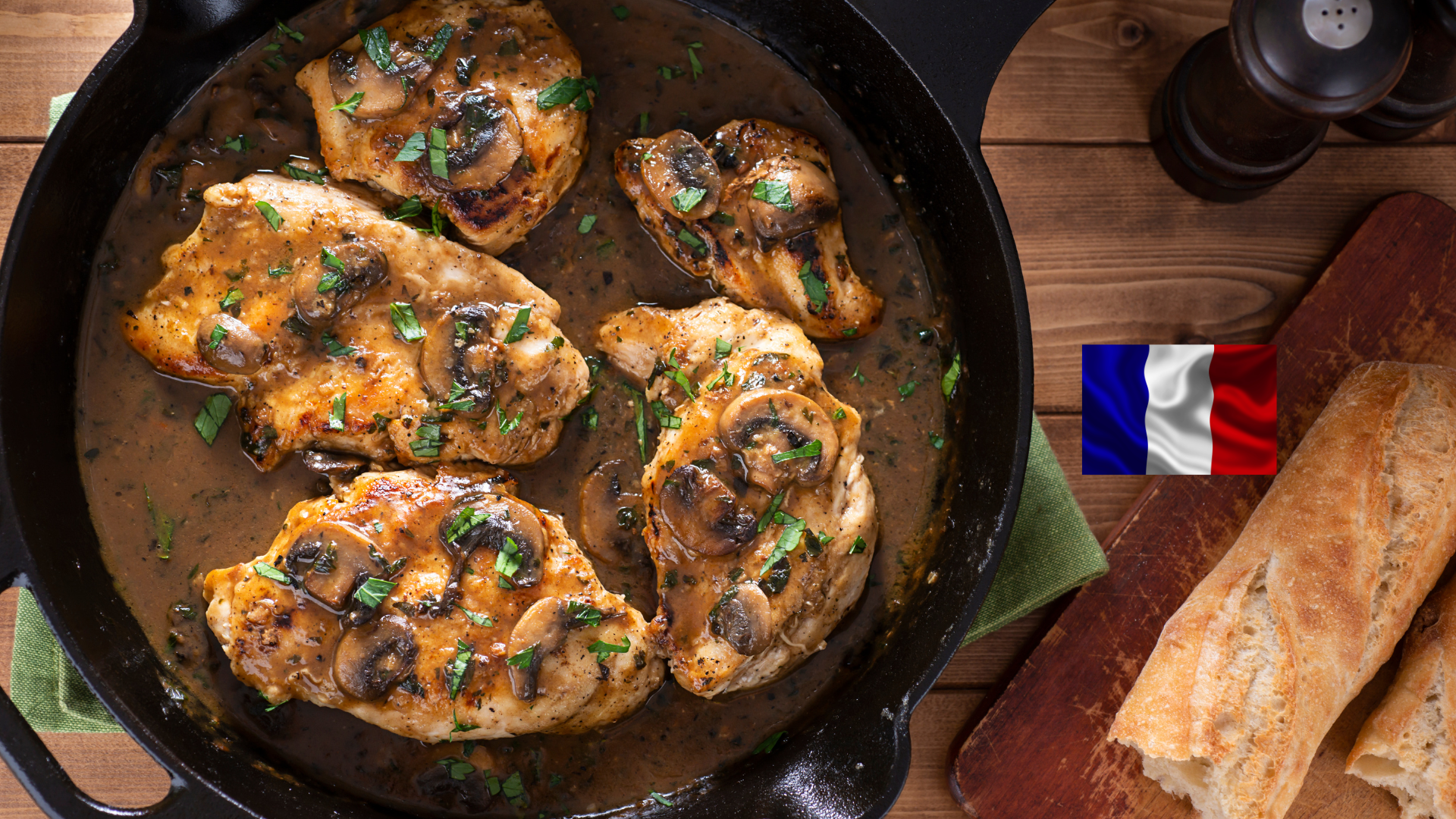
Historical and Cultural Significance of Poultry in French Cuisine
Poultry has been a key component of the French diet since the Middle Ages, when chickens, ducks, geese, and other birds were commonly raised in rural areas for both meat and eggs. Throughout history, poultry has been a symbol of wealth and status, with the most prized birds, like Bresse chicken or Rouen duck, associated with luxury and special occasions.
French cuisine's emphasis on terroir—the notion that the environment and farming practices influence the flavor of food—extends to poultry, where the breed, diet, and living conditions of the bird are thought to deeply affect its taste. France's strict Appellation d'Origine Contrôlée (AOC) system protects certain types of poultry, such as Poulet de Bresse, ensuring their traditional production methods and high-quality standards.

Coq au Vin (Chicken in Wine)
Coq au Vin is one of the most famous French dishes, traditionally made with rooster (coq), but nowadays usually prepared with chicken. The chicken is braised in red wine, typically from Burgundy, along with mushrooms, onions, garlic, and lardons (bacon). The long cooking process makes the meat tender and infuses it with the rich flavors of the wine and aromatics. This dish is emblematic of French rural cooking, especially in Burgundy, where it originated, and is often served with potatoes or crusty bread.
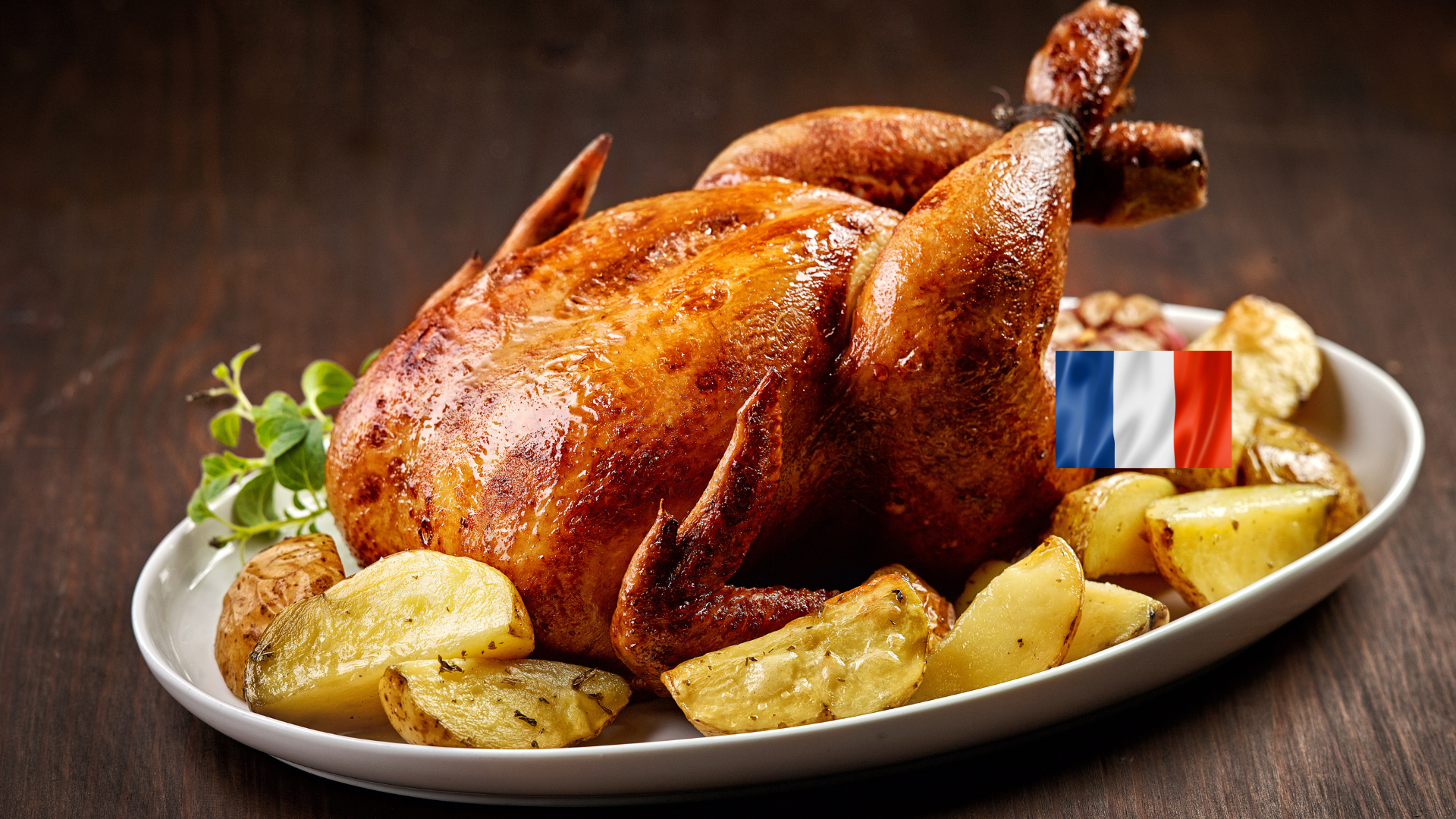
Poulet Rôti (Roast Chicken)
A simple yet beloved dish in French homes, Poulet Rôti is a classic roast chicken often seasoned with garlic, thyme, rosemary, and butter. The chicken is roasted until the skin is golden and crispy, and the meat is juicy and flavorful. Served with potatoes, vegetables, or a salad, roast chicken is a staple of family Sunday meals. In France, the quality of the chicken is paramount, with labels like Label Rouge indicating free-range, high-quality poultry.
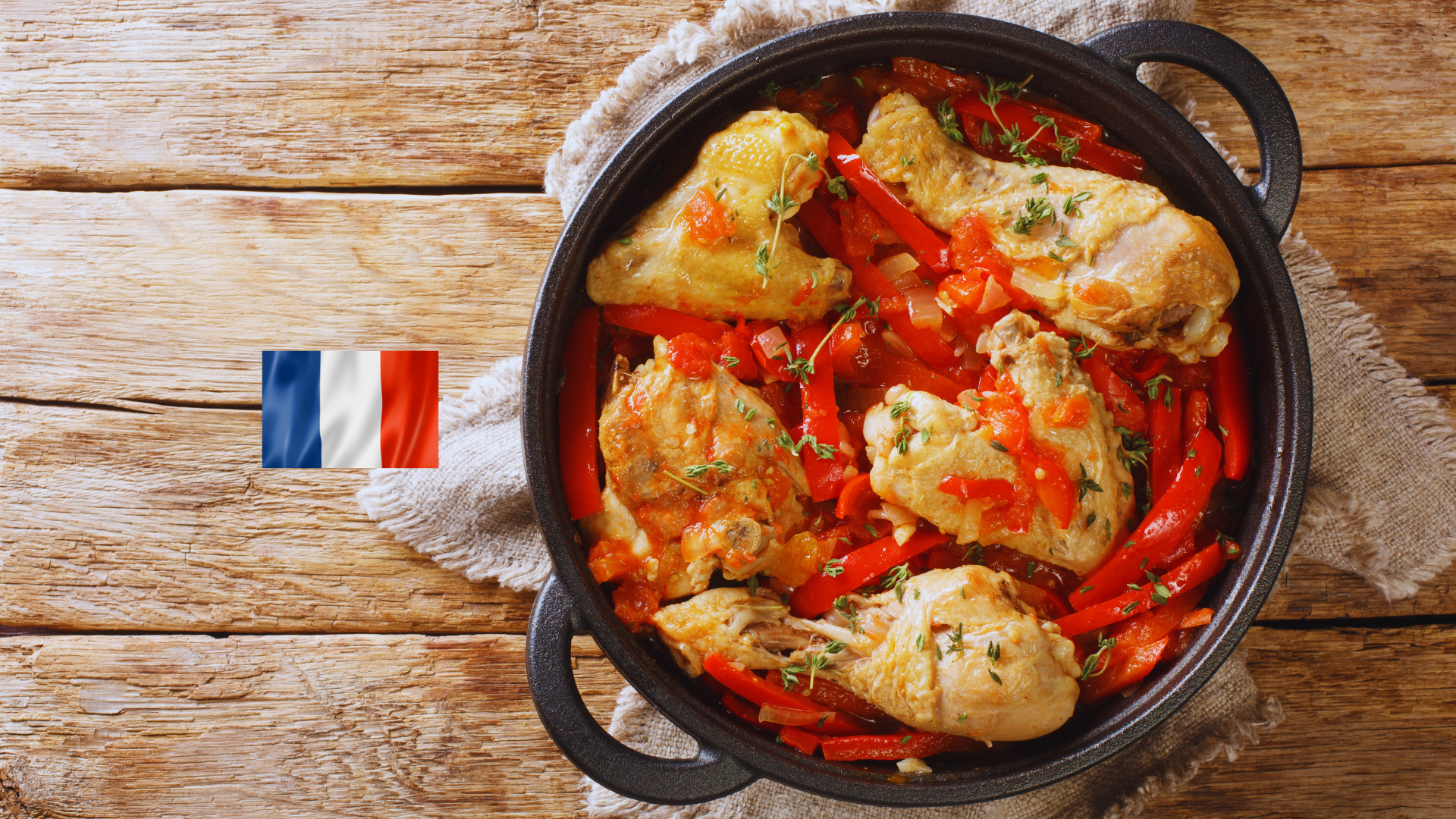
Poulet Basquaise (Basque-Style Chicken)
From the Basque region of southwest France, Poulet Basquaise is a flavorful dish that features chicken cooked with piperade, a stew made from tomatoes, bell peppers, onions, and garlic. The dish is often seasoned with piment d'Espelette, a mildly spicy pepper from the Basque region, which adds a distinctive heat and smokiness. Poulet Basquaise showcases the influence of Spain on southern French cuisine and is usually served with rice or crusty bread.
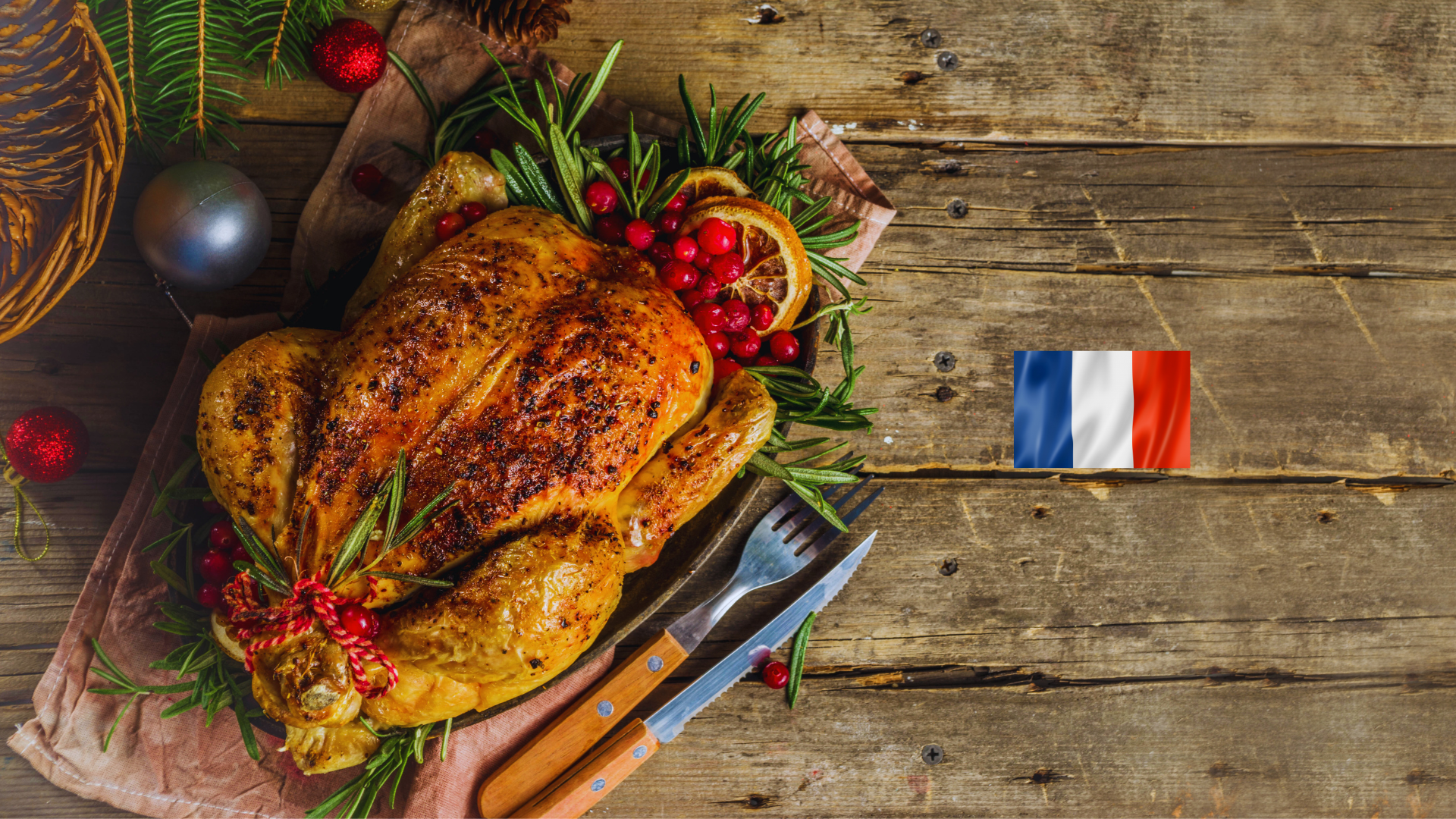
Chapon Rôti (Roast Capon)
A chapon is a castrated rooster, prized for its tenderness and flavorful meat, often served during festive meals like Christmas. Chapon Rôti is usually roasted and stuffed with a rich filling, such as chestnuts, foie gras, or apples. The bird is basted throughout cooking to keep it moist, resulting in succulent meat with a crispy, golden skin. The large size of a capon makes it ideal for celebratory gatherings.

Poulet Vallée d'Auge (Chicken in Cider Sauce)
A specialty from Normandy, Poulet Vallée d'Auge is chicken cooked in a creamy cider sauce, often accompanied by apples. Normandy is known for its apples and cider, which lend a sweet-tart flavor to this dish. The chicken is browned and then simmered with cream, cider, Calvados (apple brandy), and sometimes mushrooms. The result is a rich, indulgent dish that showcases the regional ingredients of Normandy.
Volaille de Bresse
This dish refers not to a specific recipe but to a particular breed of chicken, the Volaille de Bresse, which is considered the finest chicken in France and possibly the world. The breed comes from the Bresse region and is renowned for its blue feet, white feathers, and exceptional flavor. French chefs treat this chicken with great respect, often roasting it simply to highlight its natural taste. It’s a hallmark of quality in French cuisine, and its name is protected by an appellation d'origine contrôlée (AOC).
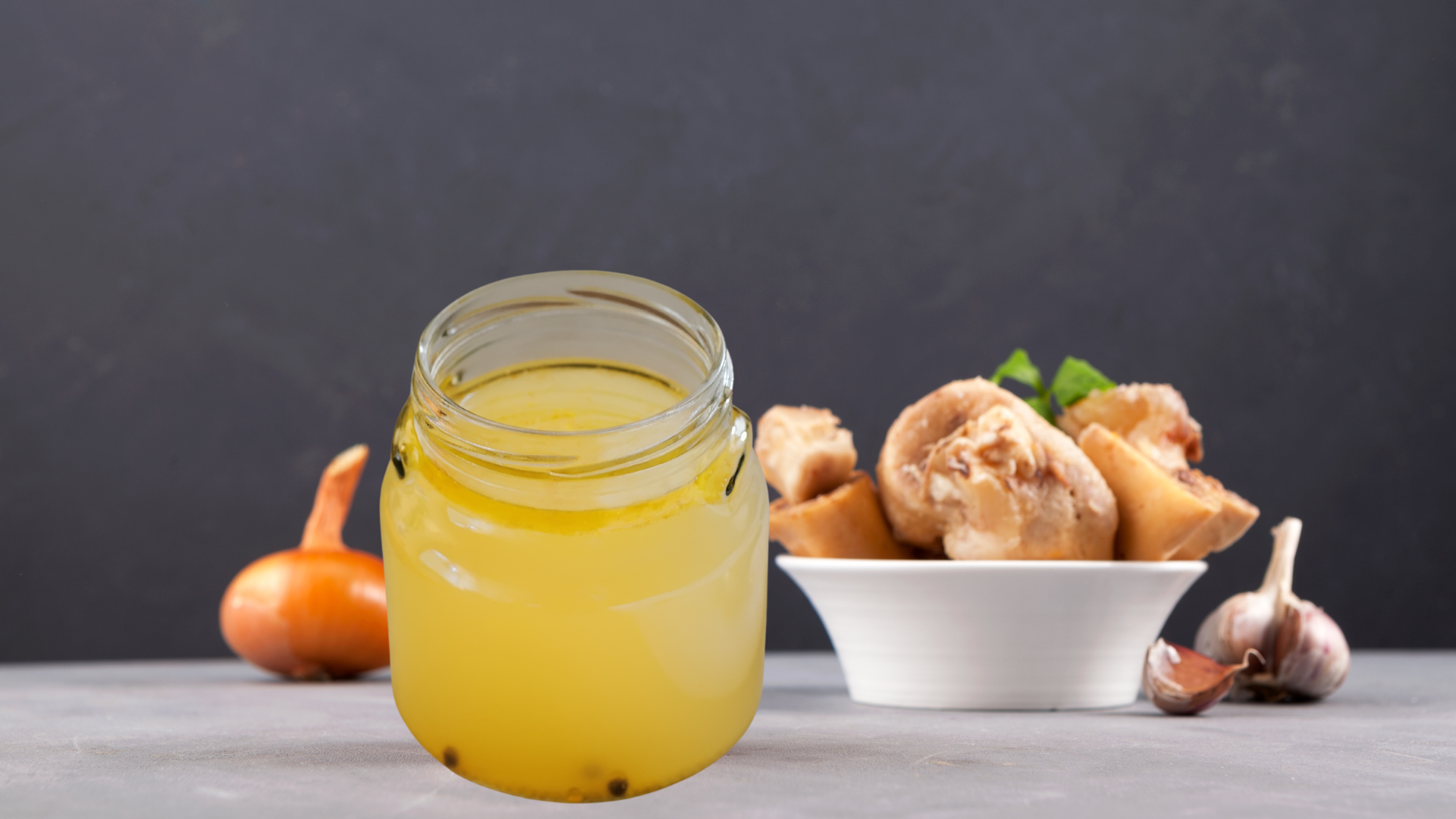
Chickens in Jelly
Making Jelly for Chickens
Cold chickens, pigeons, and game look very handsome in jelly. To make this jelly, take four calves' feet (with the skin on) and boil them to a strong jelly with an ounce of isinglass and three quarts of water, carefully skimming off the fat.
The calves-feet must be boiled the day before the jelly is wanted, and when it is cold scrape off all the sediment that adheres to it. Then boil the jelly with the addition of the whites and shells of six eggs, the juice of three lemons, three or four sticks of cinnamon, half a pound of loaf sugar, and a pint of Malaga or other sweet wine. Let it boil hard for five or six minutes, but do not stir it.
Strain it several times through a flannel bag into a deep white pan, but do not on any consideration squeeze or press the bag, as that will entirely spoil the transparency of the jelly. After it has dripped through the bag, take out all the ingredients (as they are now of no further use) and wash the bag clean. Then pour the jelly into it again, and let it strain. Repeat this till it is perfectly clear and bright; washing the bag every time. Sometimes (but not often) it will be clear at the first straining.
Congealing the Jelly
Put a little of the jelly into the bottom of a deep dish or bowl, and set it in a cold place. When it has congealed and is firm, lay your chickens on it with the breasts downwards. Having kept the remainder of the jelly warm, to prevent its congealing too soon, pour it over the fowls. Let it stand all night or till it is perfectly firm.
Then set your dish or bowl in warm water for a moment, to loosen the jelly. Lay over the dish in which you intend to serve it up, and turn it out carefully. If you fear that you will not be able to turn it out without breaking the jelly, you may prepare it at the beginning in a deep china dish fit to send to the table.
If you put too much water to the calves-feet, the jelly will never be firm, till it is boiled over again with more isinglass. The generality of cooks are in the habit of putting too much water on everything, and should be cautioned accordingly.
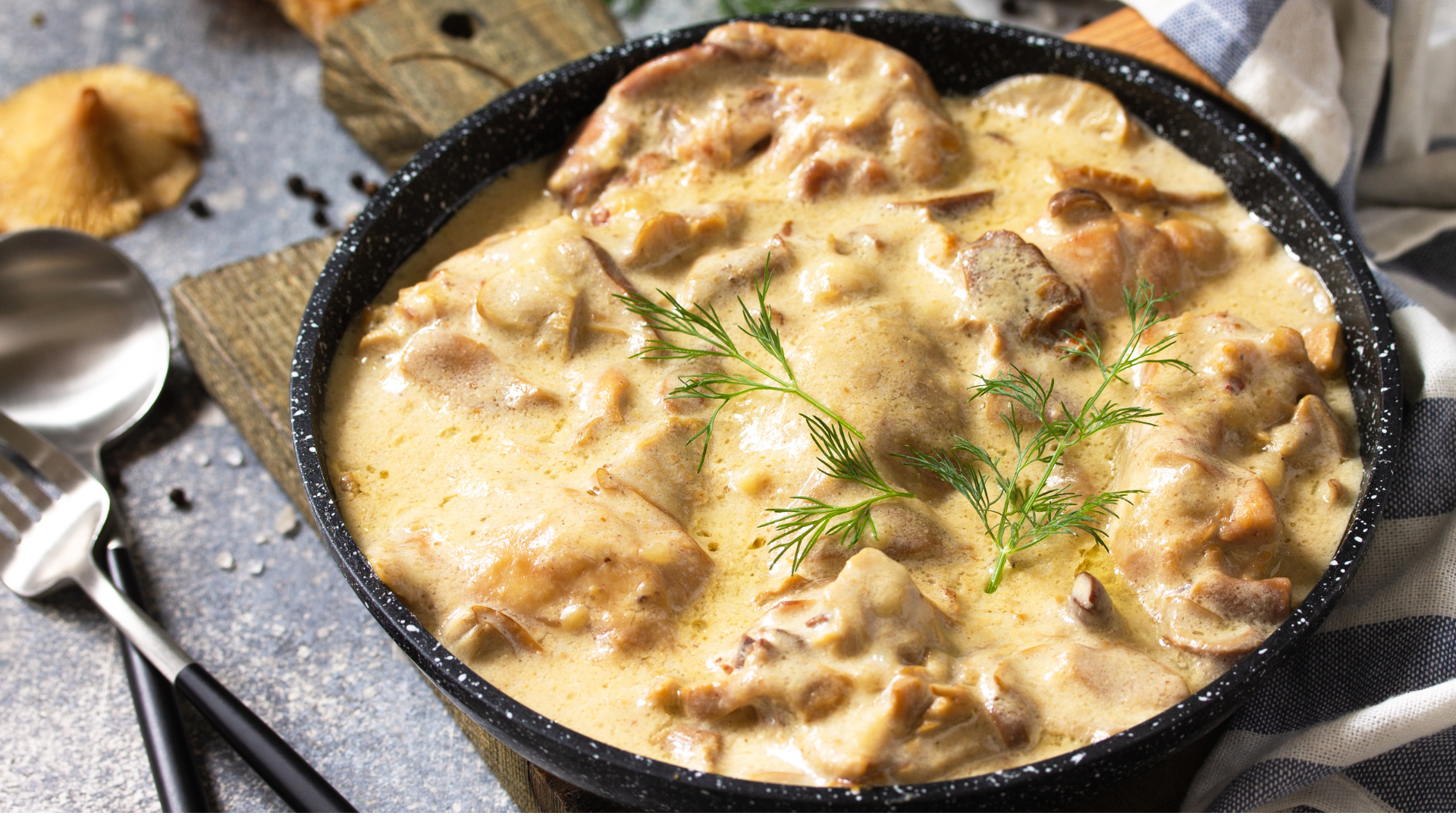
Pulled Chickens
Boil a pair of fowls until they are half-cooked. Remove the skin and pull the meat from the bones, cutting it into pieces roughly the size of a finger in width and half a finger in length.
Take a few tablespoons of the broth used for boiling the fowls and mix it with half a pint of boiling cream. Pour this mixture into a stewpan along with a piece of butter rolled in flour, and season with pepper, salt, nutmeg, a bit of chopped parsley, and a tablespoon of white wine.
Add the chicken pieces to the pan and let them stew gently until fully cooked.

Ballotine de Volaille (Stuffed Poultry)
A ballotine is a deboned poultry leg or breast, stuffed with a savory filling, rolled, and tied before being cooked, typically by roasting or poaching. The stuffing can vary, often including ingredients like mushrooms, herbs, foie gras, or vegetables. This dish is an example of French culinary sophistication and is frequently seen in formal meals or served as an elegant appetizer. The ballotine highlights the precision and skill required in French cooking, especially when deboning the bird.
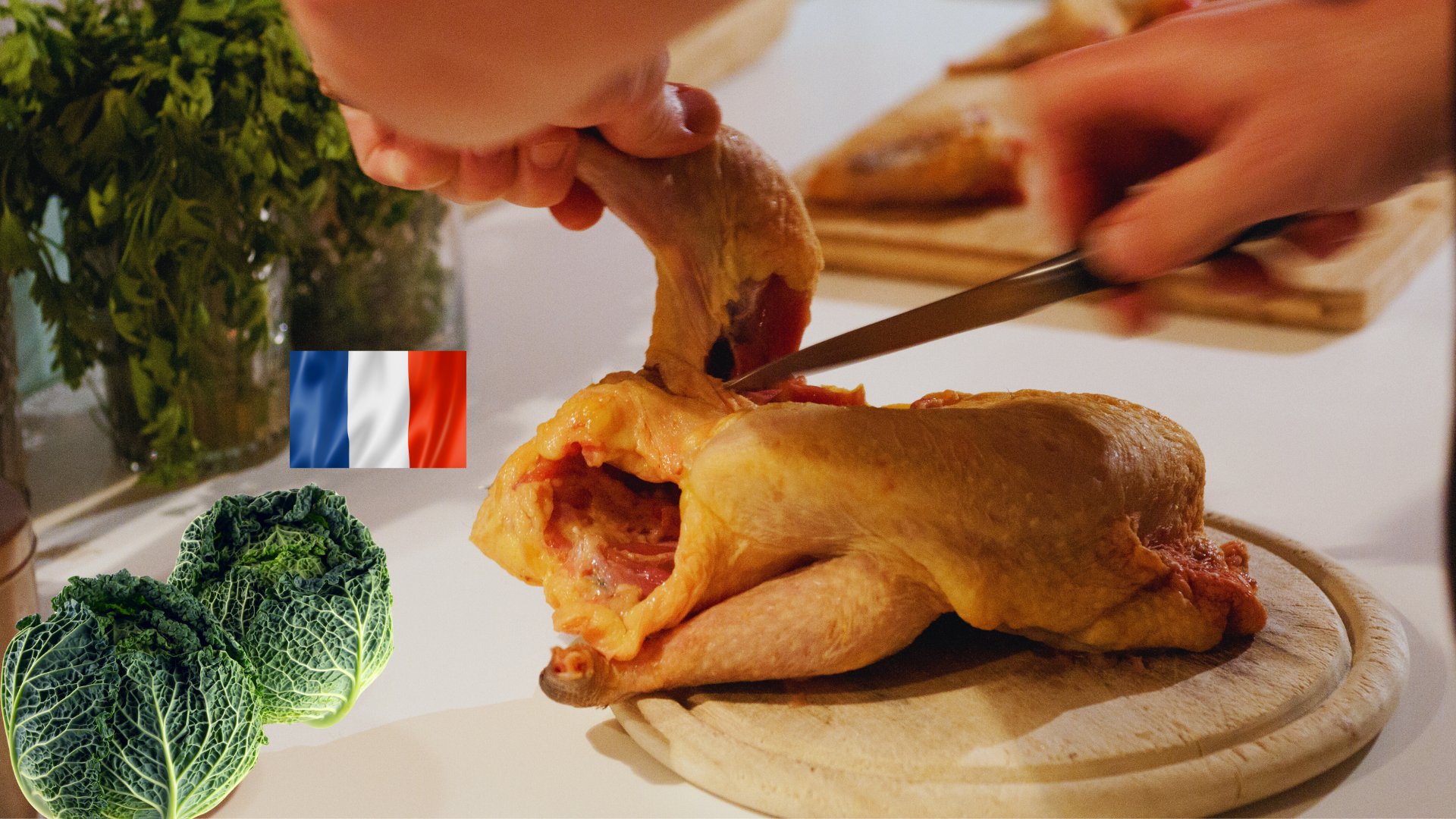
Pintade aux Choux (Guinea Fowl with Cabbage)
Pintade aux Choux is a rustic dish from northern and central France, where guinea fowl (pintade) is a popular poultry choice. The bird is braised with cabbage, onions, and bacon, creating a hearty, flavorful meal perfect for colder weather. The slightly gamier taste of guinea fowl pairs well with the earthiness of cabbage, and the addition of bacon brings depth and richness to the dish.
Stewed Turkey, or Turkey en Daube
Take a large turkey; lard it and stuff it as for roasting. Then cover it all over with a seasoning made of salt, pepper, nutmeg, and sweet-herbs, parsley and onions, minced fine. Put it into a stew-pan, with some slices of bacon, one or two calves-feet, some onions and carrots, one or two laurel leaves, a few cloves, a beaten nutmeg, salt, pepper, and, if you choose, a clove of garlic. Pour in a pint of water, and a pint of white wine or brandy.
Put on the cover of the stew-pan, and lay round its edge on the outside a wet cloth, which must be kept wet. Stew it slowly for five or six hours or more, and turn the turkey when about half done. When it is finished, withdraw the fire, and skim and strain the gravy. Serve up the turkey with the gravy under it.
A goose done this way is very fine.
A round of beef may be stewed in the same manner. It will be better for lying all night in the seasoning, and it should be put into stew early in the morning.

Roasted Turkey
Rub the turkey thoroughly with salt, then lard it. For stuffing, you can use sausage meat, or chestnuts that have been boiled, peeled, and mashed.
Alternatively, prepare a force-meat stuffing using the finely chopped liver, heart, and gizzard, mixed with chopped parsley, onions, sweet herbs, grated bread, butter, lemon juice, grated lemon peel, and the yolk of one or two eggs.
A moderately sized turkey will need at least two hours to roast. When preparing the gravy, thicken it by stirring in an egg yolk just before serving.
For a cold roast turkey, lard it and serve with generous spoonfuls of stiff currant jelly placed over the top. You can also roast a goose in the same way.
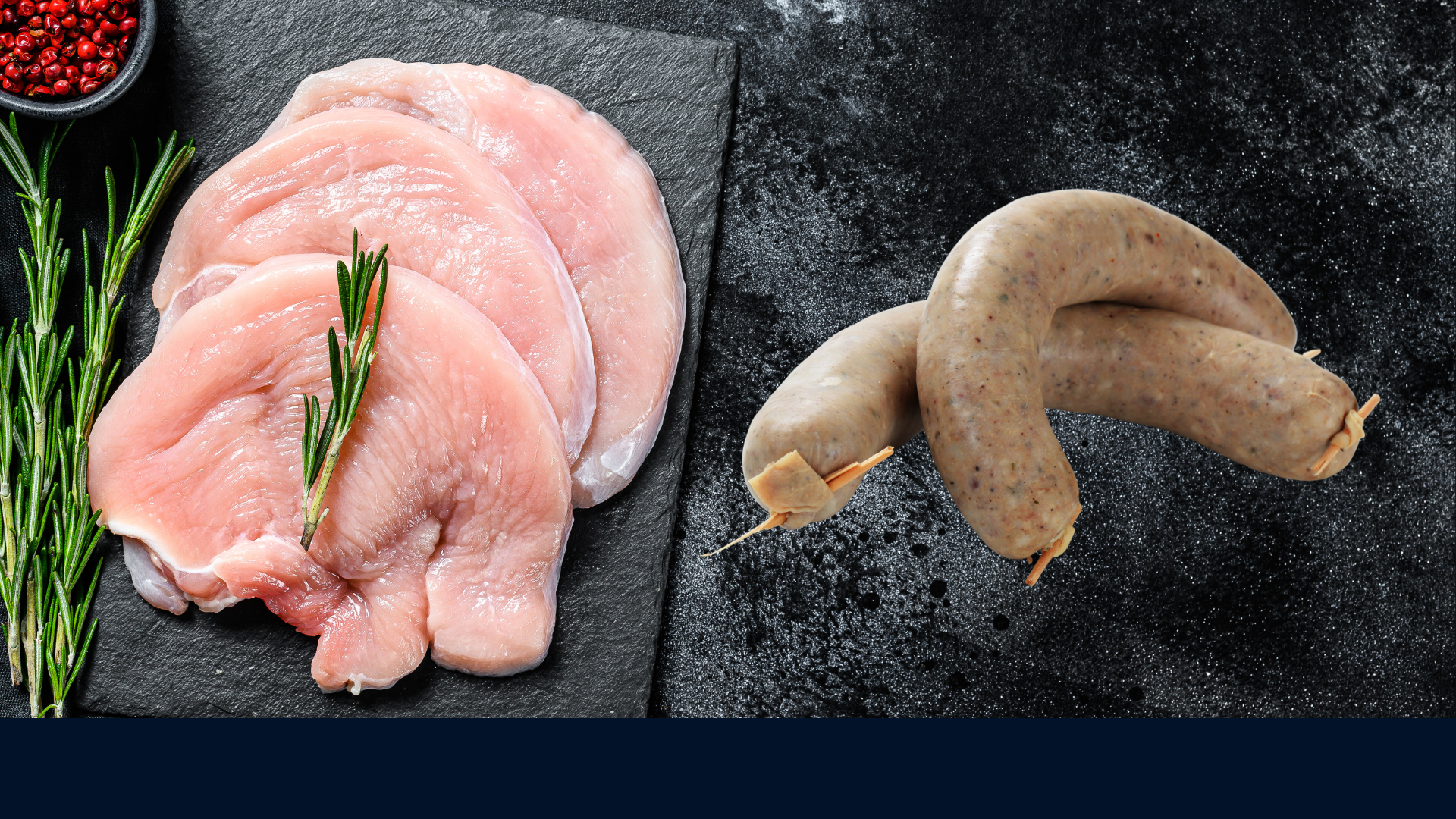
Turkey Puddings
Finely mince thirty small onions and mix them with an equal amount of bread crumbs that have been soaked in milk. Chop an equal quantity of cold turkey meat. Combine everything together and pound the mixture thoroughly in a mortar. Pass it through a colander, then return it to the mortar and pound it again, gradually adding the yolks of six hard-boiled eggs and a pint of cream or half a pound of butter. Season to taste with salt, mace, and nutmeg.
Prepare some sausage casings, and clean them thoroughly. Fill the casings with the mixture and tie off the ends. Simmer the puddings gently, taking care not to let them boil. Once cooked, remove them, drain well, and allow them to cool.
When ready to cook for serving, prick the puddings with a fork, wrap them in buttered paper, and broil them on a gridiron. This recipe can also be made using cold fowl instead of turkey.
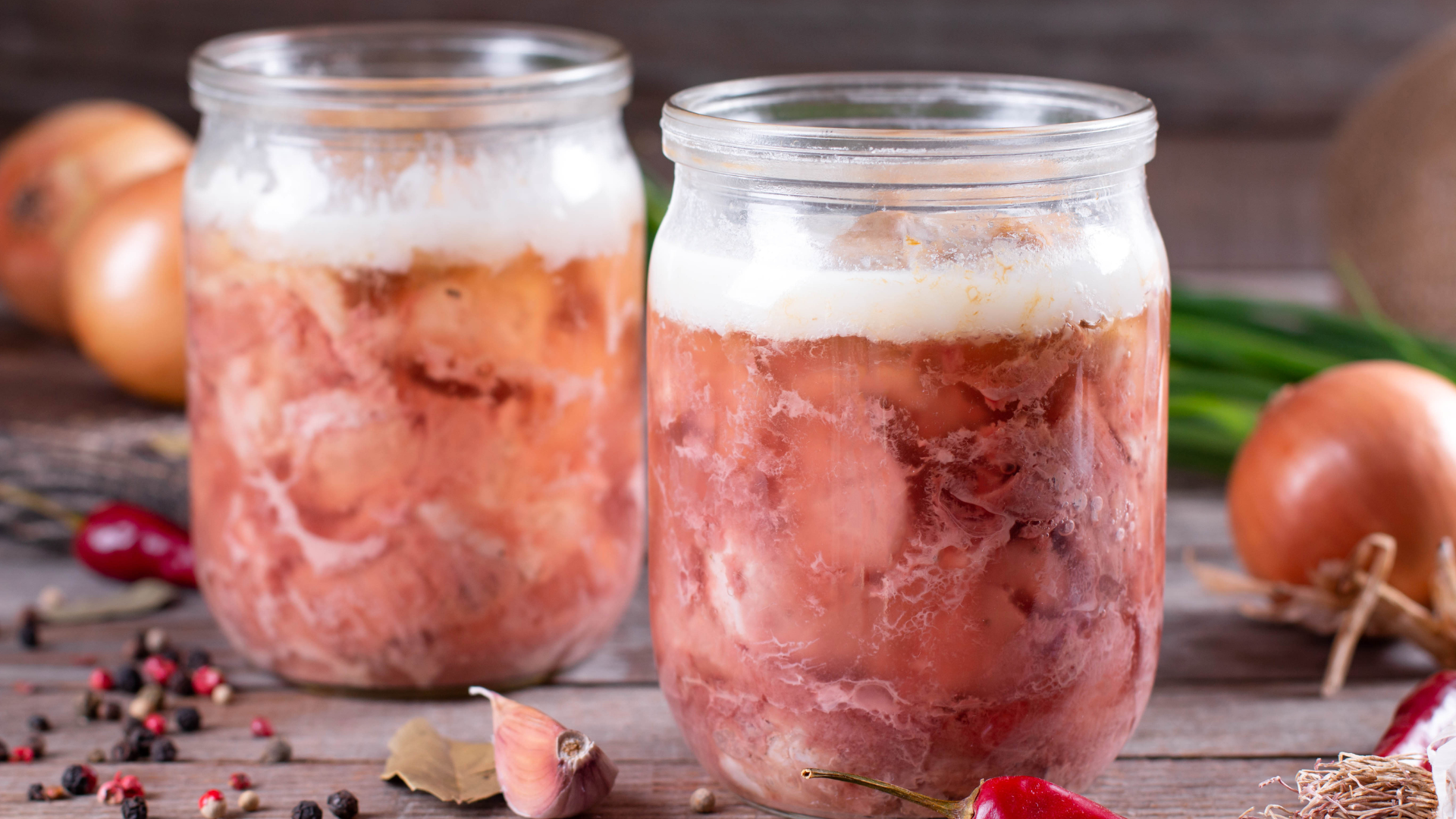
Potted Goose
Take several fine geese and rub them all over with salt. Place a handful of sage leaves inside each goose. Roast the geese for about an hour, without basting, and carefully collect all the fat that drips into the pan, emptying it as it fills. Once roasted, remove the geese from the spit, cut off the legs and wings, and slice the breast meat. Set the pieces aside to cool.
In a kettle, combine the collected goose fat with about half as much lard, and boil the mixture for ten minutes. Prepare a tall stone jar (or multiple jars, if needed). Begin by laying two goose legs side by side in the bottom of the jar, sprinkling them with salt and pepper, and optionally placing a laurel leaf on each. Follow with two wings, seasoning them the same way.
Next, add a layer of breast slices, seasoning them as well. Continue layering the meat until the jar is almost full. Then, pour the hot fat over the meat, filling the jar to the top. Let it sit until the next day to cool, ensuring the top layer is covered with at least an inch of fat.
Seal the jars with covers of parchment soaked in brandy, and store them in a cool, dry place.
In France, large numbers of geese are specially fattened for this method of preservation.
Duck Recipes
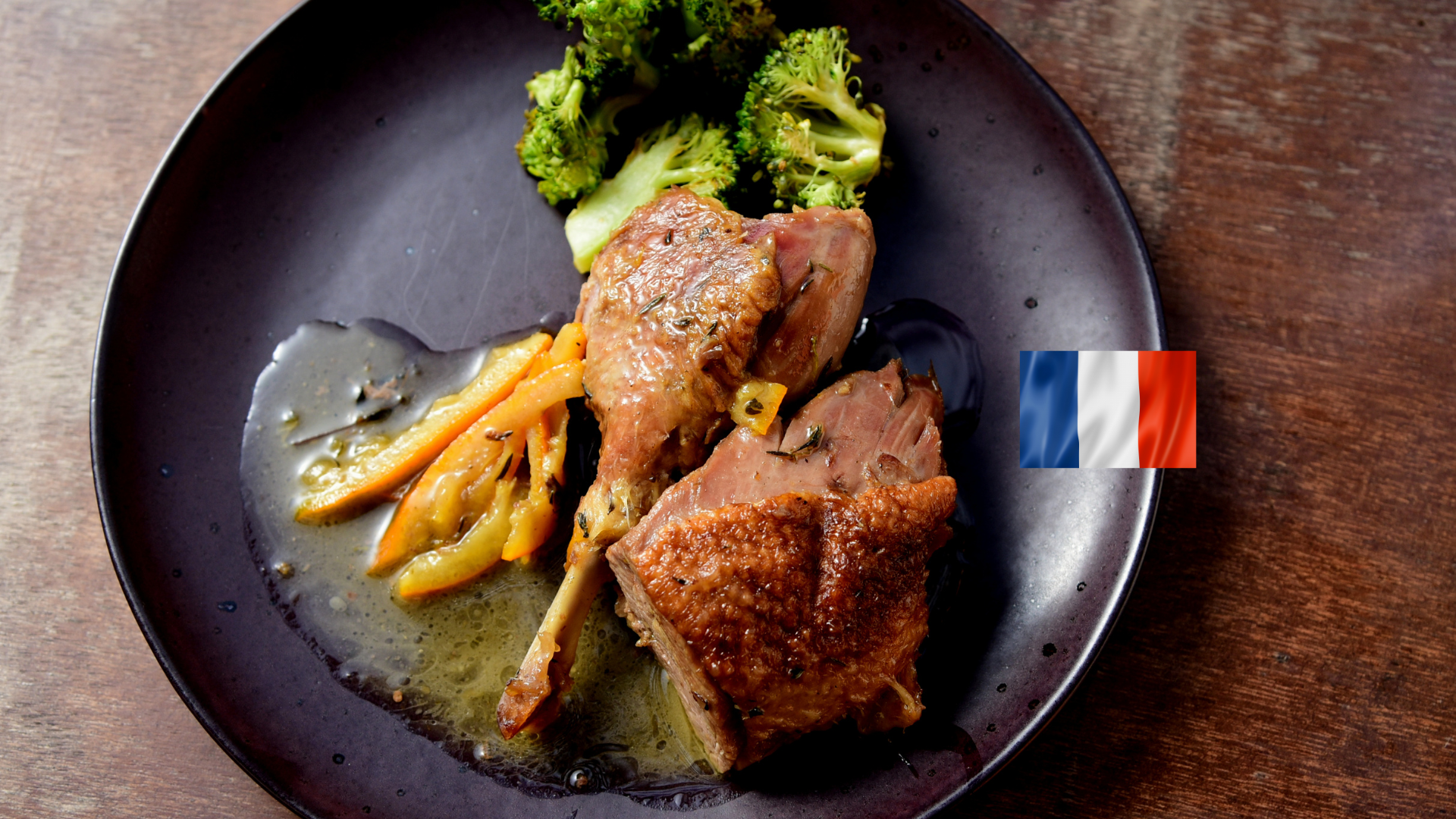
Canard à l'Orange (Duck à l’Orange)
Canard à l'Orange is a famous dish in French haute cuisine, pairing roasted duck with a rich, sweet-and-tangy orange sauce. The dish involves roasting the duck until the skin is crispy, while the sauce is made with a reduction of orange juice, sugar, vinegar, and stock, often finished with Grand Marnier or another orange liqueur. This dish is associated with festive occasions and highlights the French mastery of balancing sweet and savory flavors.
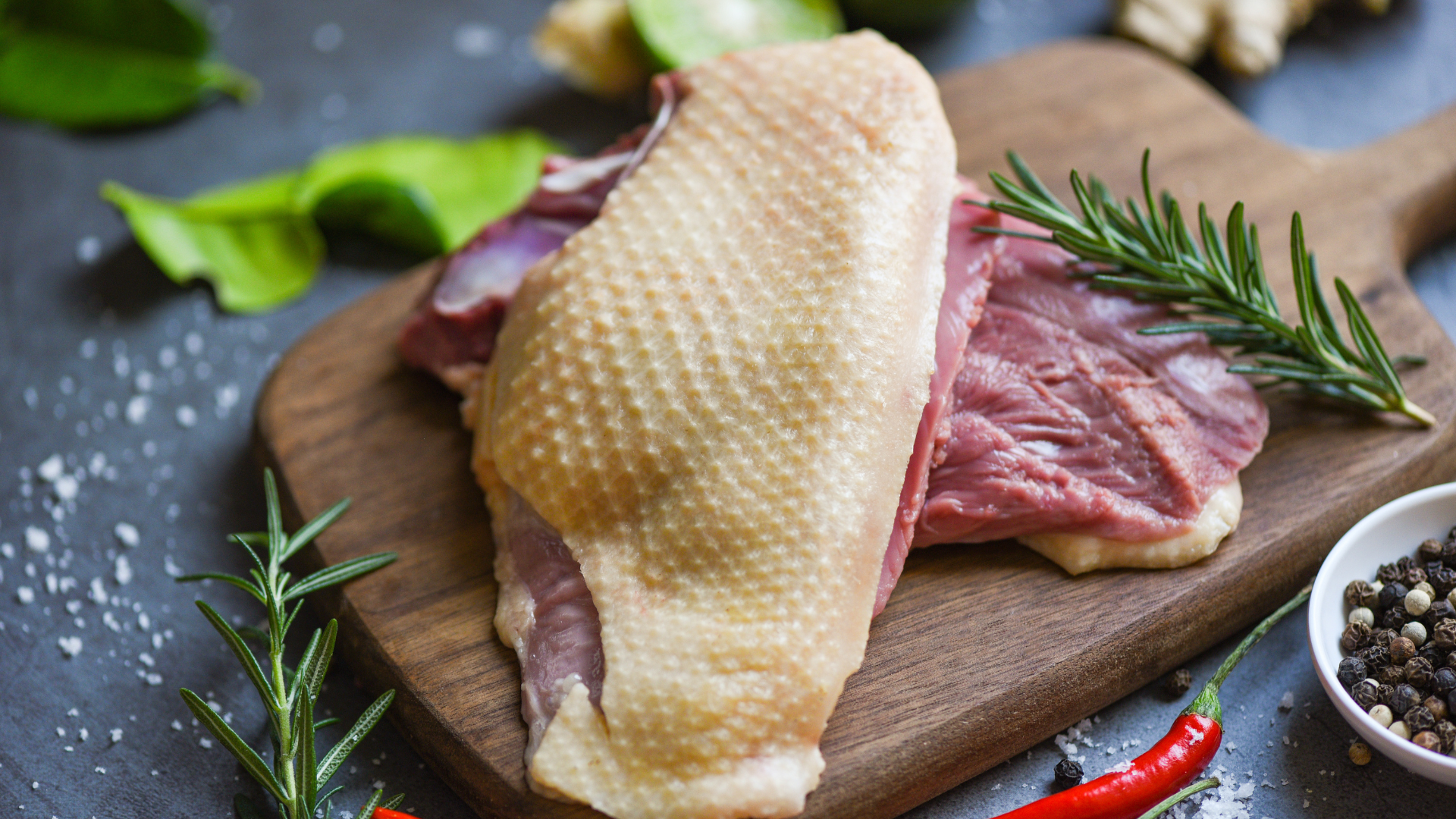
Duck With Olives
After larding the duck, stew it whole with butter, pepper, salt, and a little water. Take half a pint of olives, cut them in half, and remove the pits. When the duck is nearly cooked, add the olives and allow everything to stew together for another five minutes or so. Serve the duck with the olives arranged around it.
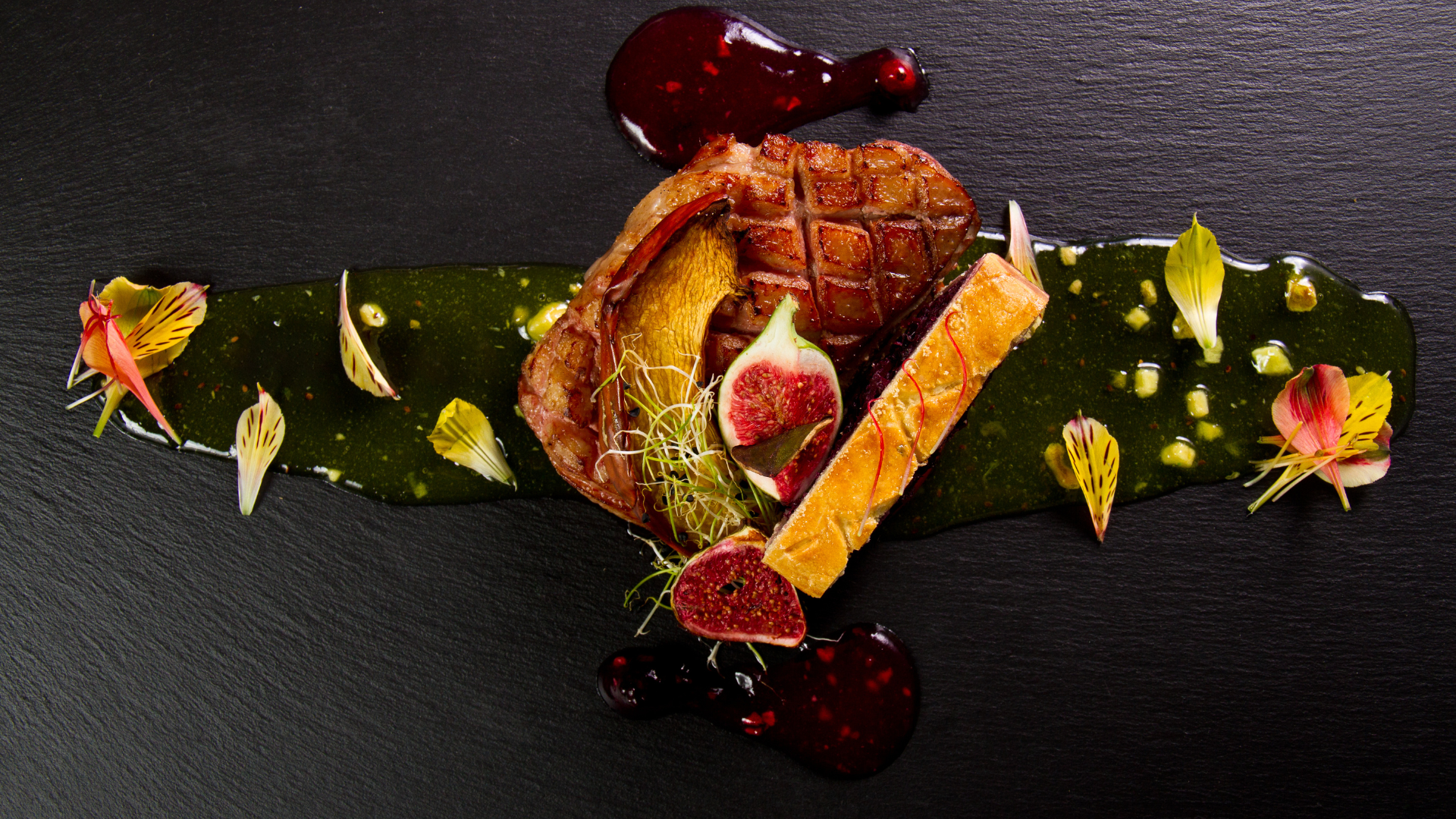
Ducks With Turnips
Stew some turnips with butter, salt, and a little sugar until soft. Once tender, remove and drain them.
Cut up the ducks, season them, and place them in the same pan where the turnips were cooked. Add a piece of butter rolled in flour, a little water, and a bunch of sweet herbs tied together. Stew the ducks gently until nearly done.
At this point, return the turnips to the pan and continue stewing everything together for about ten minutes, skimming the mixture as needed. Remove the sweet herbs before serving the dish.
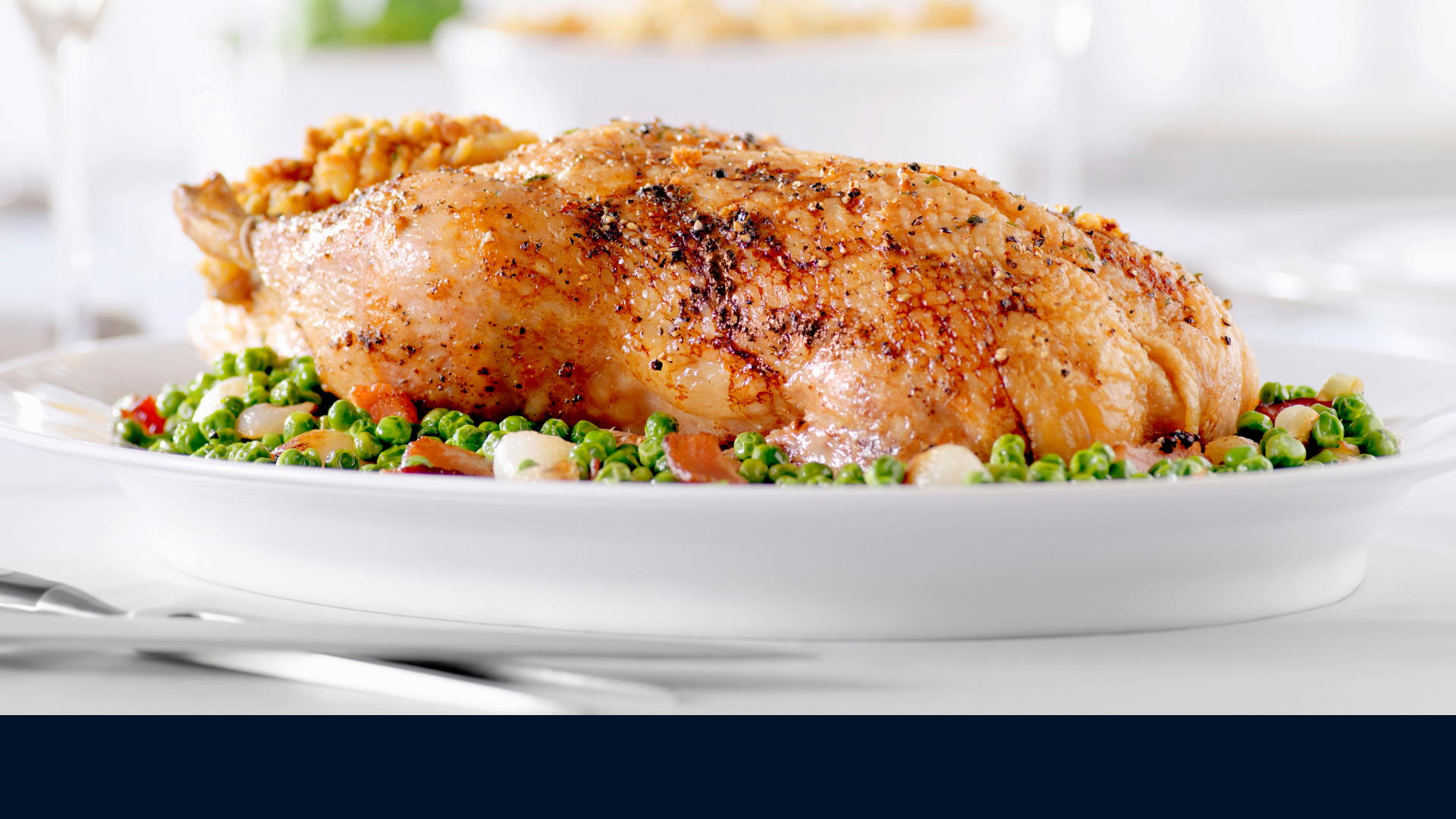
Duck With Peas
Stew the duck whole, with some lard and a little salt, till about half done. Then take it out and drain it. Put into the stew-pan a large piece of butter rolled in flour. When it has melted, pour in a quart of shelled green peas, and add a bunch of mint, or other sweet herbs, and some pepper and salt. Then put in the duck, adding a little warm water. Let it stew slowly till quite done, skimming it well.
Poultry in French Culture
Poultry has long been a staple of French cuisine, and its preparation and consumption are deeply intertwined with both everyday life and special occasions. The French tradition of la volaille includes not just chickens but ducks, geese, guinea fowl, pigeons, and other birds, each of which has a place in regional cuisines and specific dishes.
Poultry in Regional French Cuisine
Bresse Chicken (Poulet de Bresse): The Poulet de Bresse is the most famous and prestigious breed of chicken in France, raised in the Bresse region of eastern France. It has an AOC designation, meaning that the breed and production methods are tightly controlled. Bresse chickens are known for their tender, flavorful meat, blue legs, and white feathers. They are often served in simple preparations that highlight their natural flavor, such as poulet rôti or poulet à la crème, where the chicken is cooked in a rich cream sauce.
Duck in Gascony: In Gascony, duck is a culinary cornerstone. The region is famous for confit de canard, magret de canard (duck breast), and foie gras (fatty liver from ducks or geese). Ducks are central to the local diet, and nearly every part of the bird is used. The cuisine of Gascony reflects the region’s love for robust, earthy flavors, and many dishes are made with duck fat, which is prized for its ability to enrich the flavor of other ingredients.
Normandy: In Normandy, chicken is often cooked with apples and cream, reflecting the region’s abundant dairy products and apple orchards. A typical dish is poulet Vallée d'Auge, where chicken is braised with apples, Calvados (apple brandy), and cream to create a sweet, rich sauce.
Alsace: In Alsace, located near the German border, poultry is often paired with cabbage and sauerkraut, reflecting the Germanic influence on the region’s cuisine. Choucroute garnie is a traditional Alsatian dish where sausages, pork, and sometimes poultry are served with fermented cabbage. Duck is also featured in Alsatian cuisine, often in dishes that combine hearty ingredients with the region’s excellent wines.
Provence: In the warm, sun-drenched region of Provence, poultry dishes are often lighter, featuring fresh herbs like rosemary, thyme, and basil. Chicken is commonly cooked with olives, tomatoes, garlic, and sometimes lemon in dishes like poulet à la Provençale, reflecting the bright, Mediterranean flavors of the region.
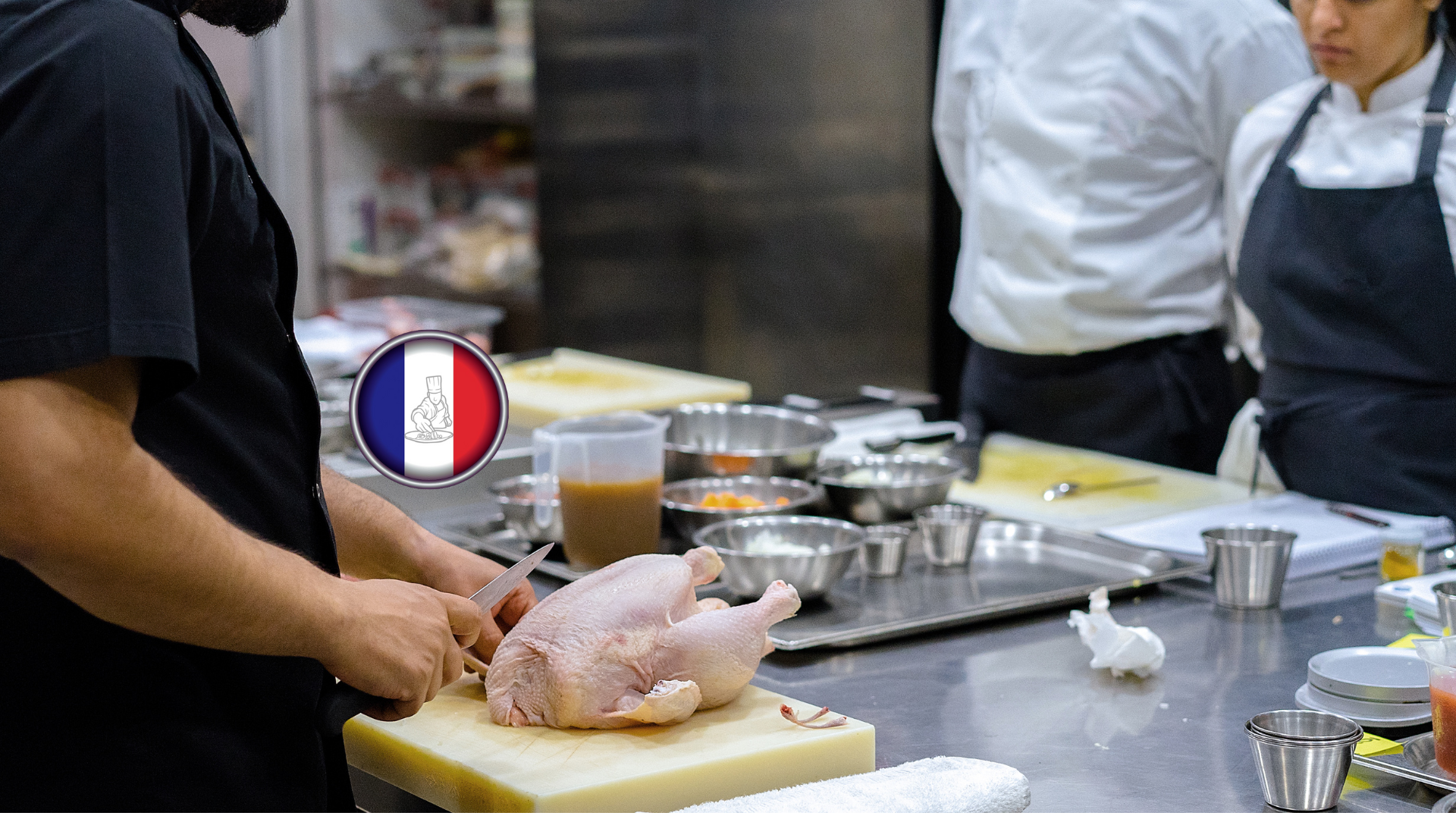
Poultry at French Tables
Poultry is often the centerpiece of Sunday lunches and festive gatherings. Roast chicken, in particular, is a favorite for family meals, with variations depending on the region and season. The French emphasis on high-quality ingredients and precise cooking methods means that even simple poultry dishes are elevated through careful preparation and the use of fresh, flavorful herbs and accompaniments.
Poultry dishes in French culture reflect the nation’s deep respect for tradition, regional diversity, and a love of flavor. Whether it’s a simple roast chicken, a luxurious duck confit, or an elegant ballotine, poultry is integral to French cuisine and culture, offering both comfort and sophistication.






